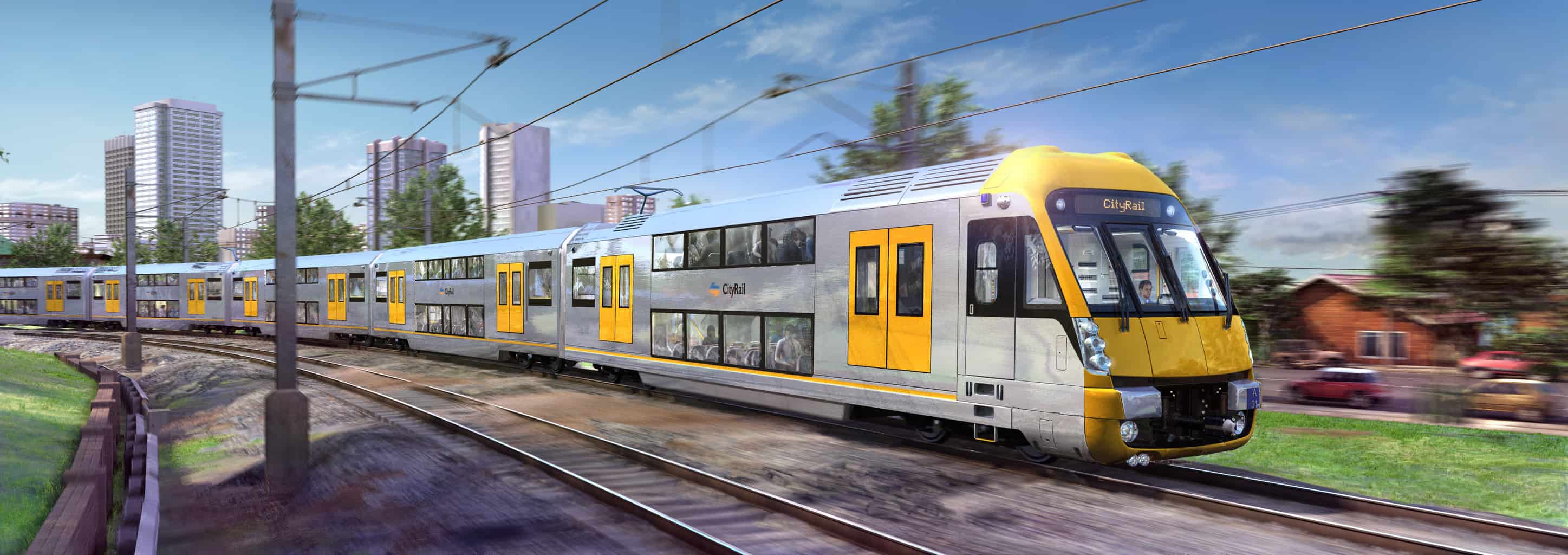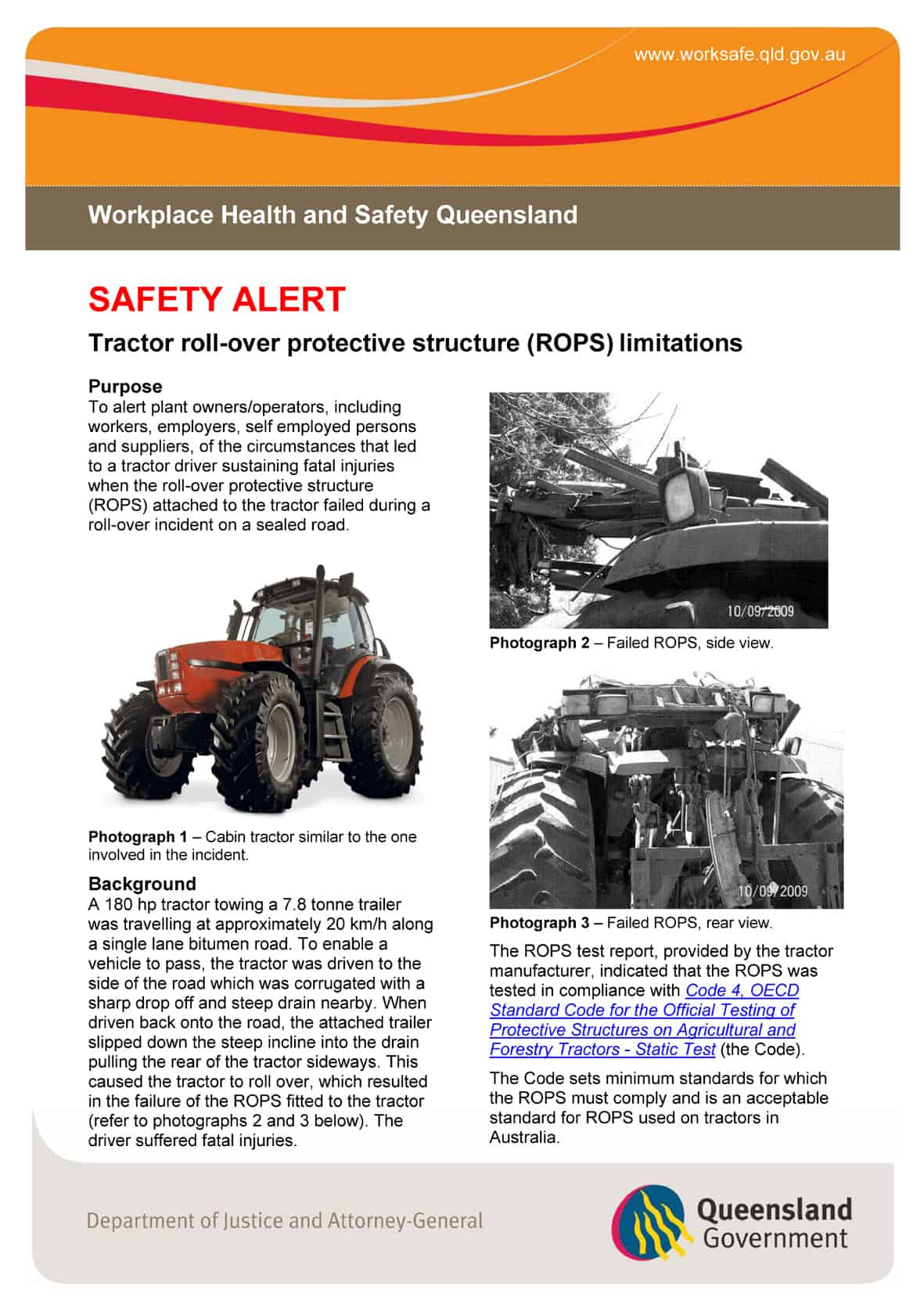The new report from the Australian Institute of Health and Welfare (AIHW) into prisoner health and welfare makes no mention of workplace safety, even though most prisons in Australia have formal work programs for commercial gain.
 The report “The health of Australia’s prisoners 2009” details the health and welfare status of Australian prisoners with some very confronting statistics that should be of more general concern to the community. The media release summarises some of the report’s findings:
The report “The health of Australia’s prisoners 2009” details the health and welfare status of Australian prisoners with some very confronting statistics that should be of more general concern to the community. The media release summarises some of the report’s findings:
“The report highlights a number of significant health issues. It shows that rates of chronic conditions, such as asthma, cardiovascular disease, diabetes, and communicable diseases such as hepatitis B and hepatitis C, are significantly higher among prisoners than among the general population.
‘Of particular concern is the number of people who enter prison with mental health issues and high levels of psychological distress,’ said Ingrid Johnston of the AIHW’s Social and Indigenous Group. Continue reading “Prisons are another world when implementing workplace safety”


